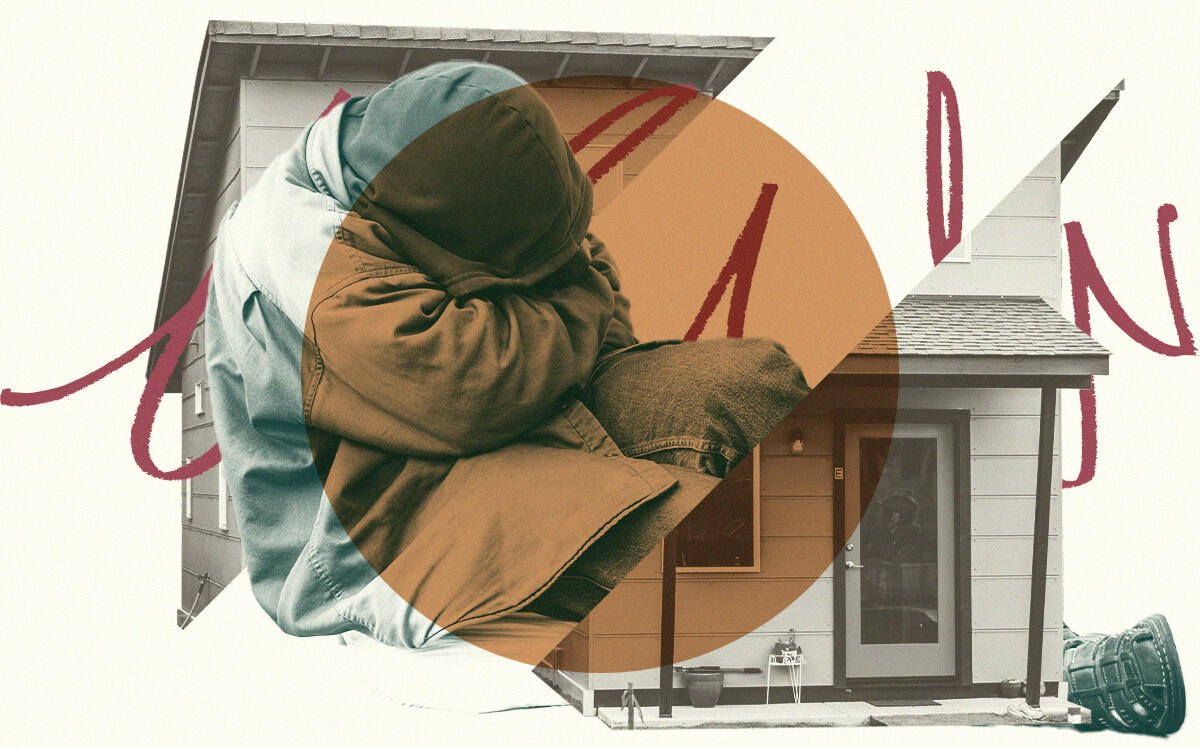Study: Bay Area tiny homes don’t solve homelessness

Tiny homes across the Bay Area don’t work for most homeless residents, but are better than temporary shelters as a bridge to permanent housing, according to a new analysis.
The tiny modular structures built for unhoused residents from San Jose to Oakland have mostly failed to launch them into permanent homes, the San Jose Mercury News reported.
The newspaper analyzed three years of data from Santa Clara and Alameda – the counties with the Bay Area’s largest homeless populations that have fully embraced tiny homes – to determine how well they work to get people into stable housing.
It found the roughly 100-square-foot homes don’t work for most participants, but work better than traditional homeless shelters.
People moving out of tiny homes in Alameda County failed to find permanent housing nearly three-quarters of the time between June 2019 and June 2022, according to the Mercury News. In Santa Clara County, participants failed to find permanent housing more than half the time.
Stays in the two counties’ largest dorm-style homeless shelters, by comparison, failed to lead to permanent housing between 84 percent and 98 percent of the time.
Tiny homes tend to offer more services than other shelters, but can be much more expensive to operate.
In Santa Clara County, people exiting tiny homes landed in permanent housing just 43 percent of the time between June 2019 and June 2022. For people in Alameda County, the figure was 27 percent.
In comparison, 75 percent of the homeless residents that Alameda County put up in hotels during the pandemic found permanent homes.
Neither county tracks why participants fail to go from a tiny home into permanent housing, but anecdotal reports suggest some can’t or won’t commit to housing program requirements. Others get stuck in their housing search.
Since the coronavirus pandemic, tiny homes have exploded in popularity among elected officials and homeless service providers under mounting pressure to clean up the streets and replace unsightly encampments with orderly communities.
They range from basic cabins to modular units with air conditioning and full bathrooms.
Santa Clara and Alameda counties have more than a dozen tiny homes sites between them, with more in the works. San Francisco opened its first tiny homes facility this year.
In Alameda County, 940 people went through a tiny home program between June 2019 and June 2022 – less than 10 percent of its estimated homeless population. In Santa Clara County, 1,346 of its 10,000 homeless residents have lived in tiny homes.
Costs vary across the spectrum.
At the low end, a San Jose shelter costs $17,155 per bed per year. Oakland’s cabins cost $22,368 per bed per year. San Jose tiny homes with en suite bathrooms cost an average of $34,200 per bed per year. Shelters with bathrooms were given credit for greater success leading to permanent homes, according to the Mercury News.
The median rent for a studio apartment in San Jose runs $28,644 per year, according to Zillow, but doesn’t include case workers and other homeless services.
— Dana Bartholomew




